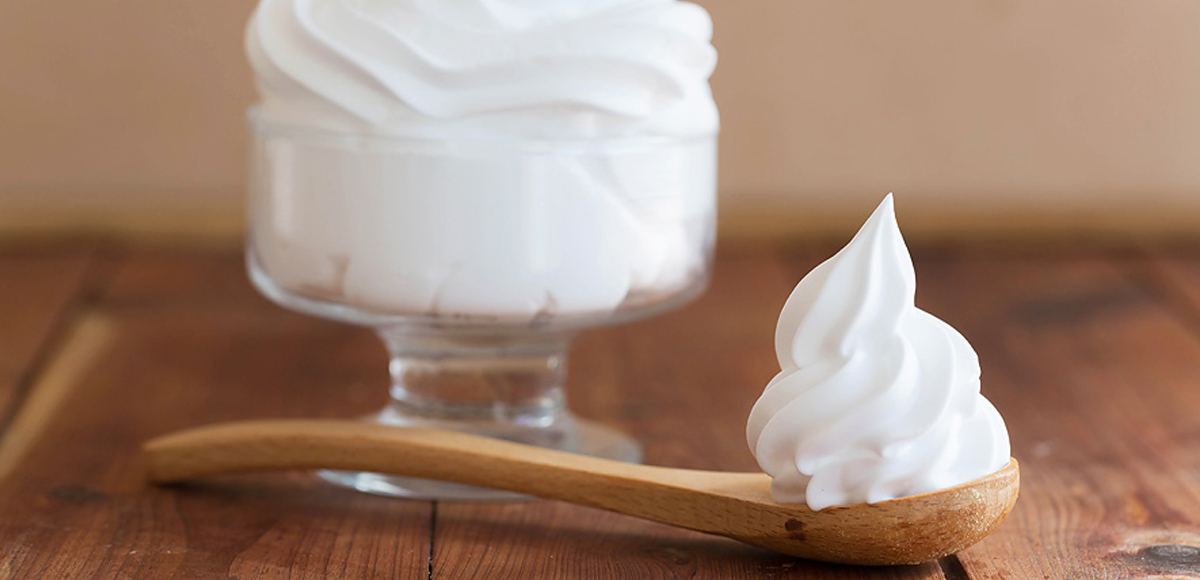What can emulsifiers do in whipped toppings?
Emulsifier is a surface active ingredient due to its hydrophilic and lipophilic properties. It is located at the interface of the oil globule and the slurry after interacting with the protein, or at the interface of the gas slurry if in a foam. Therefore, it reduces the interfacial tension between the two segments. Proteins and emulsifiers also mutually influence fat globule membranes and their emulsification stability and resistance to mechanical interactions. The effect depends on the hydrophilic and lipophilic groups as well as the ionic nature.
The main function of the emulsifier in whipped toppings is to break the balance of fat globule membrane encapsulated in the cream homogenization process. During storage of liquid cream, the proteins that coat the fat globules are replaced by emulsifiers. Thus, fat globules clumping and partial coagulation are promoted. This is important for the distribution and structure of the bubbles formed during whipping. In addition, the emulsifier is very important to the stability of the formed bubbles, such as the strength of the bubble walls.










